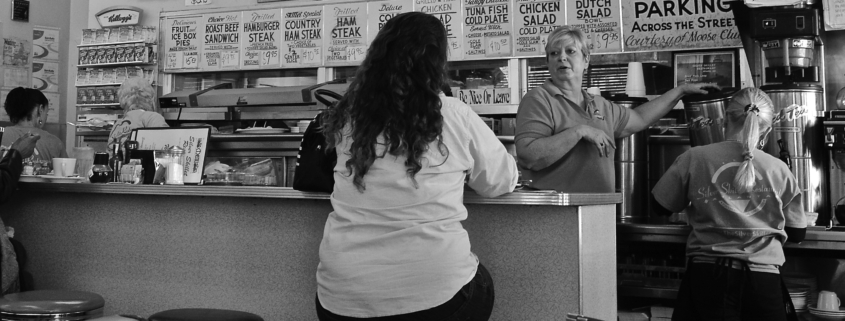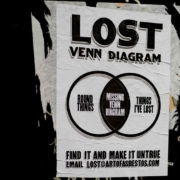On-line reviewer platforms, restaurants, and the privileging of mediocrity
Over the past 13 years a number of on-line review platforms like Google Maps, TripAdvisor, and Yelp have been launched that enable individuals to make decisions about restaurants to patronize.
Although the results produced by these relatively convenient user-generated content websites and apps reduce readers costs of acquiring information, and can warn them about really bad dining establishments (not to mention accommodations, mechanics, florists, etc.), the results and interpretation of them often favors mediocre places rising to the top.
How so? Other than an ability to navigate the websites or apps, most people who post the reviews don’t have any formally recognized expertise about culinary practices, food preparation and cuisines, but are still free to pontificate about things they know little or nothing about. They can include reviewers who have an axe to grind, like being upset that they never got a reservation. Reviews may also be fake, generated by the establishments themselves, etc.
Moreover, informing readers that the food was tasty, or that the waiter or waitress was rude, tells the reader very little about the quality of the food served by these potential targets of consumption.
User generated content websites, more specifically the reviews they produce, are built upon the “wisdom of crowds.” On the surface this process appears to be fair, but we also know that crowds don’t always make good decisions or ones that are genuinely in their best interests. In fact, in matters of taste, crowds can be quite foolish. And there is what is referred to as the lowest common denominator effect.
Making it to the top of the an on-line review platform list often means that restaurants, etc. were able to satisfy the average reviewer. The result is that popular and middle of the road places get elevated and niche and unusual establishments get crowded out.
More specifically, restaurants that want to provide food that is authentic (i.e., fidelity to a recipe or cuisine), creative, and/or interesting often garner fewer and more negative reviews. Because of this trend many truly exceptional restaurants may be ignored or down listed by these on-line review websites.
For example, I’ve lived in Washington DC for close to three decades and consider myself relatively knowledgeable about most of the “top” restaurants here. But my own personal list of favorite restaurants don’t come close to matching those generated the aggregated rankings present on Google Maps, TripAdvisor, or Yelp.
How then do patrons solve the dilemma of finding a good restaurant?
To begin with they need to be more skeptical of on-line reviews. Don’t just read the first few reviews of a restaurant. Critically interpret both the good and bad reviews. Look for nuance and bias.
Another solution is to seek out alternative sources of information. Although we can ask friends and family for recommendations, there is no guarantee that their tastes and opinions will match ours
We can also consult travel guides, professional restaurant critics, and we can pop our heads into these places and take chances. We can also triangulate this information to make better situations.
Unquestionably, consulting different sources of information can be quite resource intensive. If all you want is a mediocre place to eat and sleep then I say go for it. But if you want something different and perhaps authentic then you need to put in the work.
Photo credit:
Tom Driggers
“Sweet or Unsweet?”












